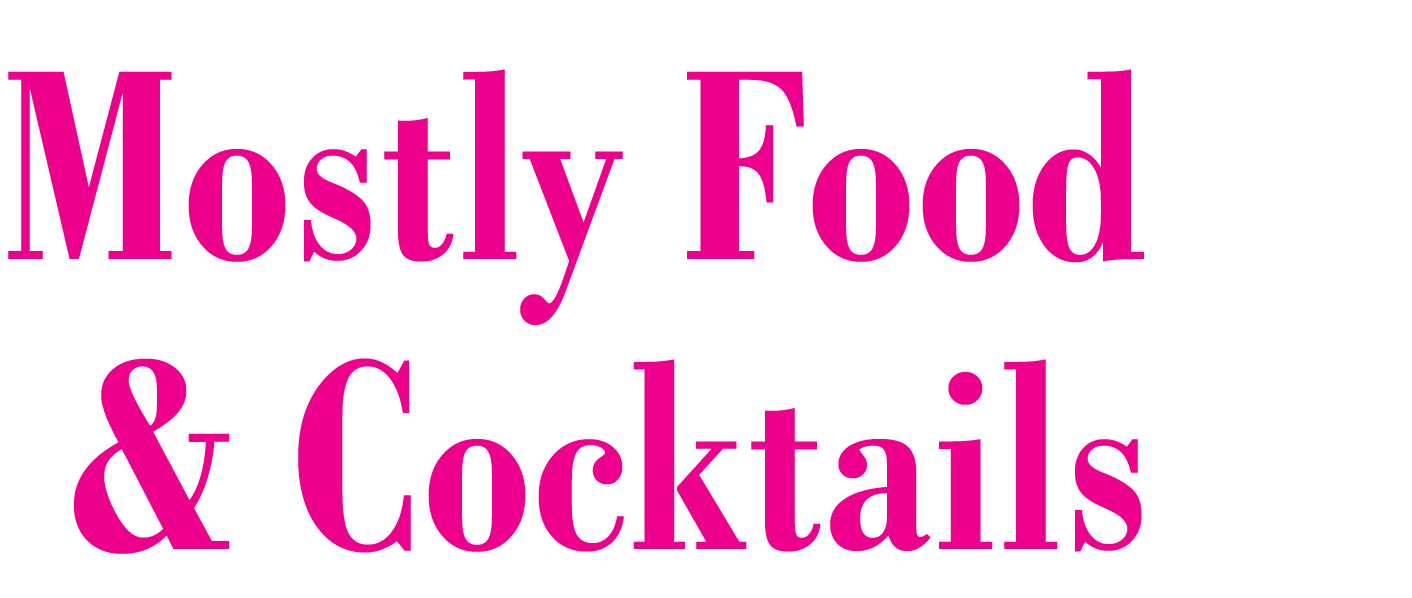 The first chocolate drink is thought to have been enjoyed by the Maya people around 2,000 years ago, and was believed to have played a considerable part in Aztec culture by 1400. The drink became popular in Europe after being introduced from Mexico. Drinking Chocolate Cups are a dessert and not a drink though.
The first chocolate drink is thought to have been enjoyed by the Maya people around 2,000 years ago, and was believed to have played a considerable part in Aztec culture by 1400. The drink became popular in Europe after being introduced from Mexico. Drinking Chocolate Cups are a dessert and not a drink though.
The drink slowly gained more notice, and the court of King Charles V of Spain soon adopted the practice of drinking chocolate, then referred to simply as “chocolate”, being the only variety available, as bars did not exist until much later. It became a drink sought after by the Spanish nobility, and cocoa was given as a dowry when members of the Spanish Royal Family married.
The first Chocolate House, rather like a modern coffee bar, opened in London in 1657. In the late 17th century Hans Sloane (yes, he is still remembered in London place-names) visited Jamaica. There, he tried chocolate and considered it “nauseous”, but found it became quite delicious when mixed with milk. When he returned to England, he brought the recipe for milk chocolate with him.
Ingredients for Drinking Chocolate Cups:
600ml double cream, whipped to stiff peaks
8 tbs East India Company Drinking Chocolate
5 leaves gelatine
100ml milk
Garnish (optional):
Drinking chocolate flakes
7-minute icing (see below)
Method:
Heat the milk to a simmer and add the chocolate.
Soften the gelatine in cold water for a minute or two and add to the milk mixture. Stir to dissolve the gelatine. Allow to cool for a few minutes.
Combine the chocolate mixture with the cream.
Pour into cups or glasses and chill for a couple of hours.
Garnish with swirls of 7-minute icing (see my recipe here) and a sprinkle of drinking chocolate flakes.
For Light East India Drinking Chocolate Cups:
Replace the double cream with skimmed milk.
Whip 3 egg whites to stiff peaks and fold in the drinking chocolate and beat again.
Pour into glasses – the egg white will create a foam, like the froth on a mug of hot whisked drinking chocolate.
Allow to chill for a couple of hours and serve with a swirl of 7-minute icing.
Note: The egg whites can be omitted if you want to avoid raw egg.
Recipe by Chrissie Walker © 2018
